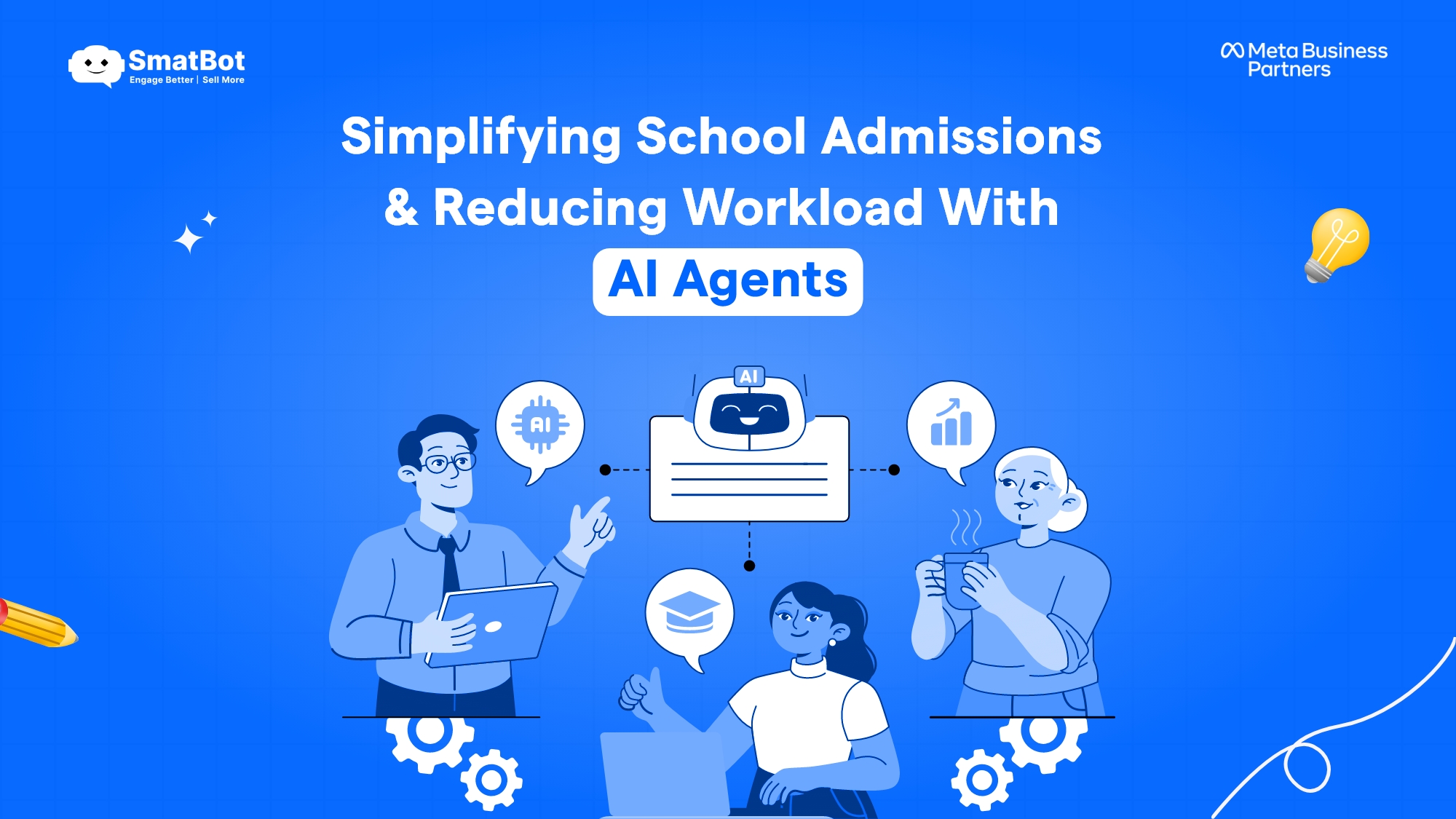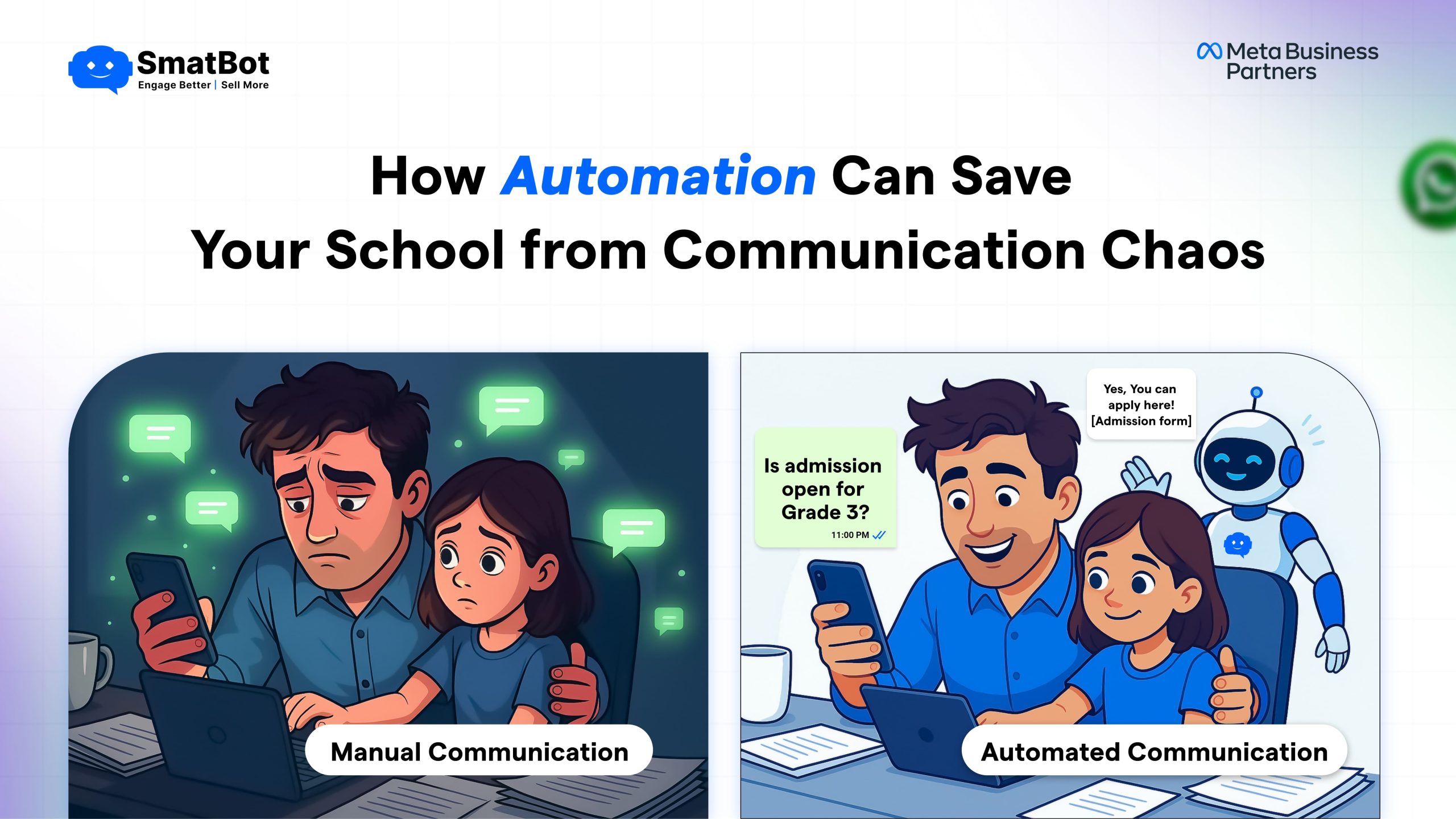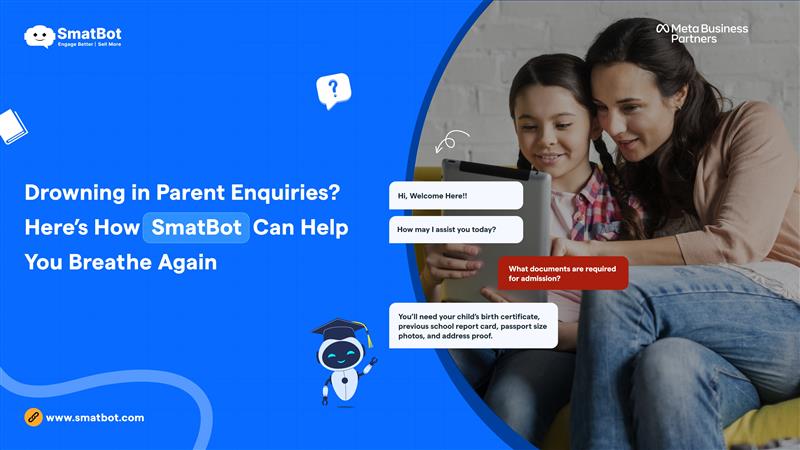Chatbots and Emotional Intelligence: Can AI Really Understand Human Emotions?
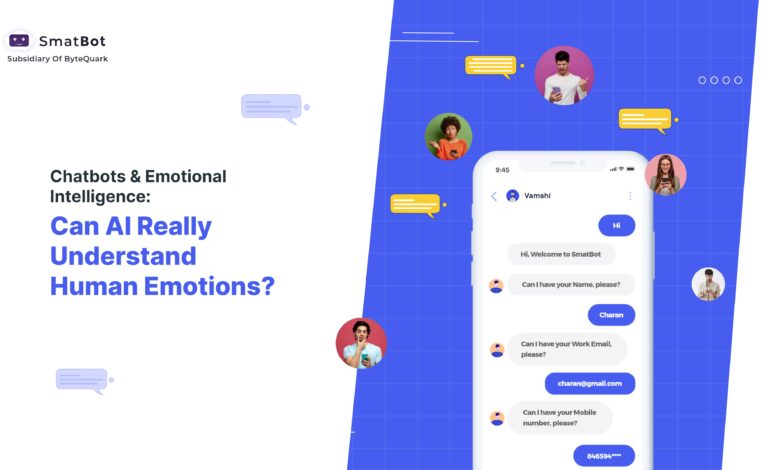
The advancement of artificial intelligence has opened up a multitude of possibilities, including the ability for emotionally intelligent chatbots to comprehend and respond to human emotions. Chatbots are computer programs designed to simulate interaction with people in real time. These programs are finding widespread use in customer support, marketing, and various other fields.
Recent advances in AI have equipped chatbots with the potential to understand human emotions. This breakthrough has the potential to revolutionize the way businesses interact with their customers.
In addition to their ability to understand human emotions and provide emotional support, chatbots have a range of capabilities. If you’re curious to learn more about emotional intelligence in chatbots, then this article is for you.
Here, we will explore every essential component of emotional intelligence and its application in chatbots. We will also provide numerous examples of emotional AI.
So, without further ado, let’s get started.
Why is it Important For Chatbots To Understand Human Emotions?
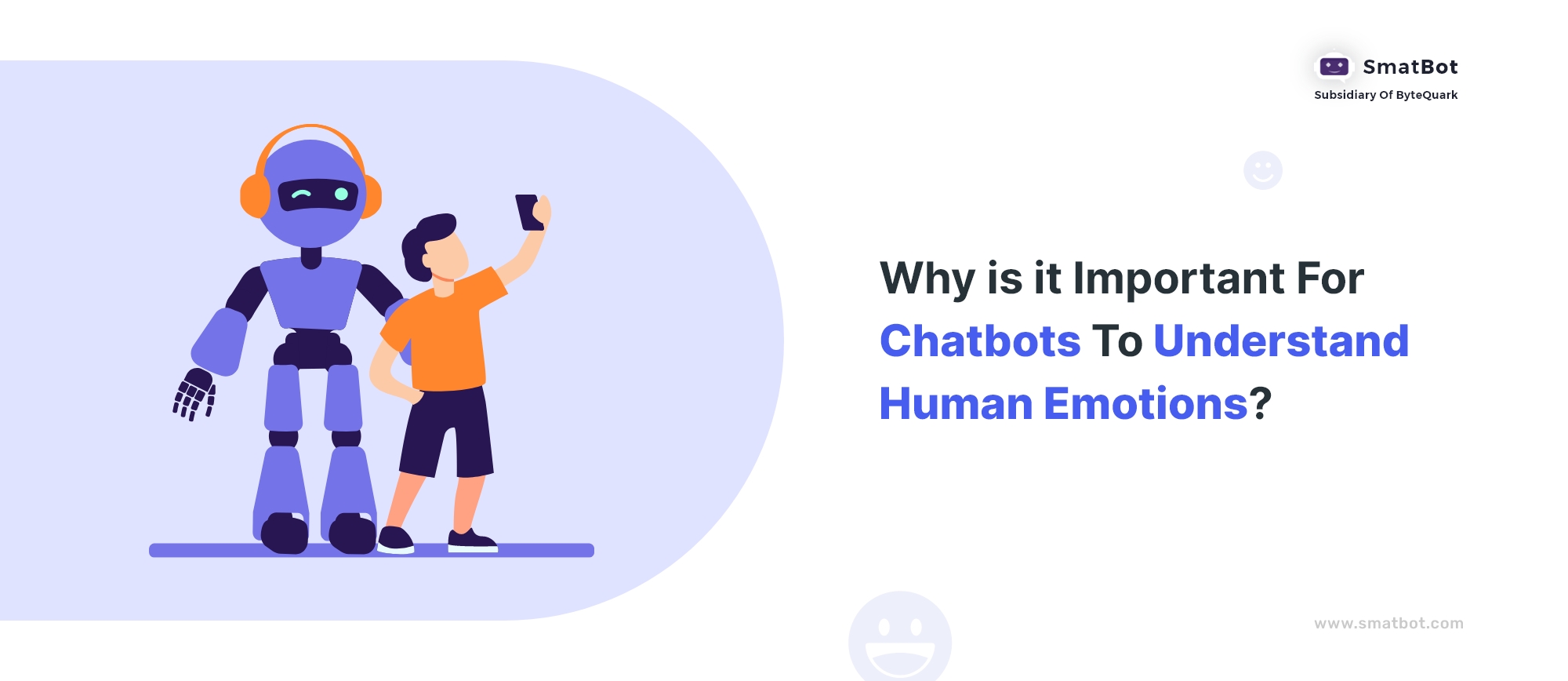
Understanding human emotions empowers chatbots with a broad spectrum of capabilities. This comprehension enables them to deliver personalized and empathetic interactions, significantly enhancing the user experience.
Emotionally intelligent chatbots can aptly respond to users’ emotional needs, providing valuable emotional support. The greatest advantage of this chatbot capability is its ability to enhance overall human or user satisfaction.
Besides these reasons, several other factors warrant attention, as highlighted below:
- Improved Public Relations: When an emotionally intelligent chatbot genuinely connects with a concerned customer and demonstrates empathy, it cultivates customer loyalty. This connection can lead to enduring relationships, word-of-mouth referrals, and positive online reviews, positioning emotional chatbots as a valuable addition to your conversational commerce strategy.
- Product Recommendations: Through the capacity to comprehend user emotions, chatbots can offer accurate responses by adapting to users’ moods. This capability greatly assists businesses in suggesting products to both new and existing customers.
- Storing User Sentiment: A chatbot equipped with the ability to understand human emotions or feelings can serve as a virtual suggestion box. Company management can review the anonymized transcripts to gain a clearer understanding of public perceptions.
The list of reasons for the importance of chatbots in understanding human emotions is not exhaustive. Beyond these mentioned reasons, there are countless other factors that cannot be addressed in a single article.
The Role Of Emotional Intelligence In Chatbot
Chatbots, particularly emotional support chatbots, possess innumerable abilities. However, emotional intelligence significantly amplifies their capabilities and functionalities. Here are the key roles of emotional intelligence in chatbots:
- Mental health support
In recent times, nearly everyone, particularly students, grapples with numerous mental health challenges. Statistics reveal that around 42% of students reported experiencing persistent feelings of sadness or hopelessness in 2021. However, this data might only scratch the surface, with the actual figures potentially being even higher.
Students in higher education and those in grades 5 to 9 often confront elevated rates of mental health issues. The primary contributing factor could be academic stress and underperformance in their studies.
Emotionally intelligent chatbots play a crucial role in assisting individuals dealing with mental health issues. These bots can identify stress indicators and offer empathetic responses to alleviate distress.
The most valuable aspect of emotionally intelligent chatbots is their capacity to provide strategies to help individuals cope with stress. It’s important to note that these chatbots are not restricted to supporting students alone; they serve as a source of assistance for anyone facing mental health challenges.
- Detecting emotions from text
Detecting emotions from text presents a more intricate challenge compared to facial recognition. Nevertheless, it stands as a crucial element for various applications, notably for chatbots. Emotional AI has significantly enhanced chatbots’ capability to accurately discern emotions from text.
In this process, embedding methods play a crucial role. These methods transform text into numerical representations, facilitating machines and bots to analyze and comprehend the emotional context. Diverse embedding methods are available, such as character embedding, word embedding, and several others.
- Sentiment analysis
Emotional intelligence equips chatbots with the ability to analyze user sentiments. Sentiment analysis stands as one of the fundamental techniques employed to detect emotions in text. This process entails assessing the sentiment conveyed in the text and categorizing it as neutral, sad, or happy. The sentiment analysis algorithm takes into account numerous factors, including context, word choice, and more, to make these categorizations.
- Tailored response
Emotional intelligence empowers emotional support chatbots to provide customized responses with empathy and understanding. For instance, if a user expresses frustration, the chatbot can recognize the emotion and craft a suitable response.
- Customer service
Certainly, emotionally intelligent chatbots are currently in the developmental phase, yet these bots hold the potential to revolutionize the entire customer service process. By comprehending and addressing the emotions of customers, these bots can offer users a more personalized and supportive experience, significantly boosting overall customer satisfaction.
How Do Chatbots Understand Human Emotions?
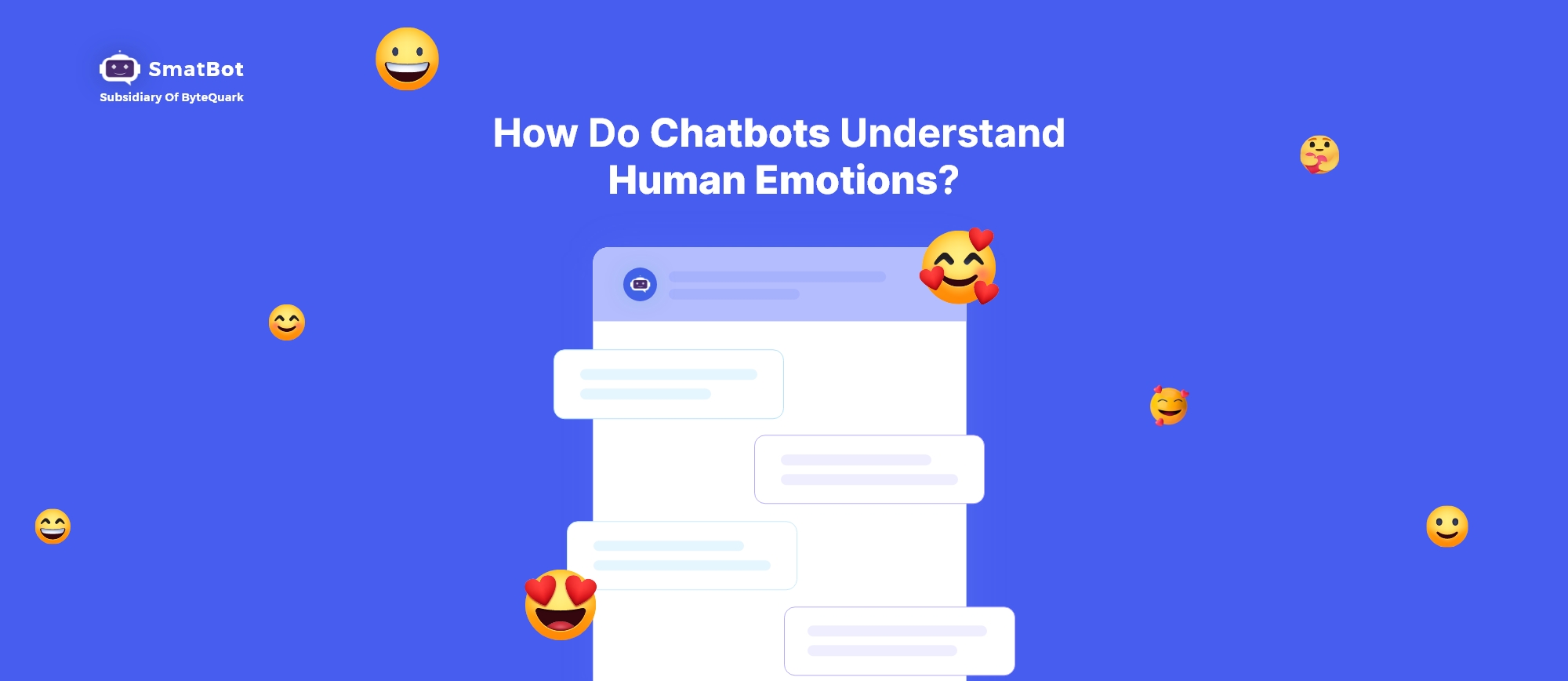
Chatbots primarily grasp human emotions with the aid of NLP, or natural language processing. The algorithms in Natural Language Processing can be trained to identify and interpret particular language patterns indicative of various emotions.
For example, words like “sad” or “frustrated” often signal negative emotions, while words like “happy” and “excited” typically denote positive emotions.
Moreover, AI-driven chatbots comprehend and detect emotions in conversations by analyzing data and their accumulated experiences.
Emotional support chatbots are generally educated using extensive data containing emotional cues from individuals. This data encompasses conversations in text, audio recordings, and social media posts. By exposing these chatbots to a wide spectrum of human expressions, they learn to recognize and appropriately respond to unique emotional states.
In addition to understanding emotions through language, chatbots can also employ facial recognition technology. By scrutinizing specific facial features like the eyes, mouth, eyebrow expressions, and more, these bots can interpret human emotions.
In essence, chatbots comprehend and identify human emotions by employing language processing and the technology of facial recognition.
Limitations of Chatbots’ Emotional Understanding
As mentioned earlier, emotional intelligence offers various benefits to chatbots. Nevertheless, chatbots encounter several limitations in understanding human emotions. The following are the primary limitations that chatbots face when understanding human emotions:
- Limited ability to understand natural language
Indeed, most chatbots can comprehend various languages worldwide. However, they encounter significant challenges with the intricacies and nuances of language. Nevertheless, chatbots are striving to enhance their proficiency in understanding natural language.
- Lack of practical AI
The primary aim of chatbots is to emulate human interaction. However, it may come as a surprise that these bots lack the practical intelligence to grasp complex situations or provide personalized attention. They excel in handling simple, repetitive tasks, but often falter when confronted with intricate issues.
Let’s explore some of the major reasons behind these limitations:
- Difficulty in adapting to new situations
- Lack of contextual understanding
- Inability to engage in reasoning
Although chatbots possess the potential to learn and enhance their capabilities, their progress is currently constrained by the available technology and data.
- Do not understand the human context.
One of the key limitations of chatbots is their incapability to understand human context. These bots are designed to interpret information based solely on predefined logic, causing them to struggle in grasping the specific context of human interactions.
This limitation often leads to frustrated customers because AI-powered chatbots can only understand general text. However, many real-life situations are context-specific, creating a gap that can lead to misunderstandings in around 40 out of 100 cases.
The Problems Emotion AI Solves for Chatbots
As you have read in the previous section, chatbots encounter certain limitations. However, emotional intelligence offers solutions to many of these challenges. Here are the primary issues that chatbots can overcome with the aid of emotional intelligence:
- The absence of human touch
In human interactions, many chatbots face challenges in conveying warmth and empathy, often appearing as detached and emotionless tools. However, advancements in AI, particularly in emotional intelligence, now enable chatbots to integrate sentiment analysis.
This progress has empowered chatbots to recognize the emotions of users and respond in a more empathetic manner. By comprehending user sentiments, these emotionally intelligent chatbots can adjust their tone and responses to foster a more human-like interaction.
- Difficulty in grabbing context
The current generation of virtual assistants and chatbots heavily relies on semantics to grasp the precise context of a conversation. Nevertheless, this approach falls short in capturing the nuances of everyday interactions, which frequently involve a blend of slang, cultural references, and implicit cues.
An emotional support chatbot can overcome this limitation by tracking the emotional state of users and integrating this emotional insight with semantic analysis to achieve a more comprehensive understanding of the context. This, in turn, enables the chatbot to provide more empathetic and appropriate responses.
- Insufficient problem-solving ability
Numerous chatbots are unable to solve problems. Nevertheless, chatbots equipped with emotional AI can evolve and enhance their problem-solving abilities. They can analyze complex scenarios, identify patterns, and offer innovative support.
Future Trends In AI and Emotional Intelligence
The future of emotional AI looks promising, poised to be utilized across a wide array of applications such as customer service, healthcare, entertainment, and more. Let’s explore the top three future trends in AI and emotional intelligence:
- Multimodal emotion detection: This trend involves the integration of facial expressions, voice analysis, and psychological signals to accurately analyze emotions, providing a more nuanced understanding.
- AI caregiver: Emotional intelligence will give rise to an AI caregiver designed to uplift patients during their difficult times by providing companionship.
- Personalized learning experiences: Emotional intelligence will revolutionize the learning process, making it more personalized for students.
Examples of Emotional Intelligence-Enabled Chatbots
In this section, I will share some of the great examples of emotional intelligence-enabled chatbots
Let us take a look at the top examples of emotional-enabled chatbots:
- Eliza: Eliza is one of the chatbots developed in the 1960s to provide emotional support to patients. This chatbot simulates conversation by using pre-programmed phrases and questions. What set Eliza apart was its ability to mimic a therapist’s conversational style.
- Claude: Claude is another one of the best Emotional AI examples that are based on anthropic research into training helpful and harmless AI systems. It can assist with various use cases such as summarization, creative writing, search, coding, Q&A, and more.
- WoeBot: WoeBot is another excellent example of an emotionally-enabled chatbot that uses Cognitive Behavioral Therapy principles. It is designed for mental health patients to help them handle depressive thoughts and feelings.
Conclusion:
Emotional intelligence is poised to revolutionize AI by introducing capabilities that surpass traditional AI. This groundbreaking technology has empowered chatbots in ways we never imagined, enabling them to discern the subtle nuances of human emotions.
If you aim to infuse an emotional connection into your chatbot interactions, we highly recommend considering SmatBot. Its impressive features breathe new life into live chats, enhancing their effectiveness and engagement.
So, don’t waste time searching for an ideal solution. Book a demo with SmatBot today and elevate your customer support game to new heights.
With that, we’re concluding this post. We hope you find this article helpful.

